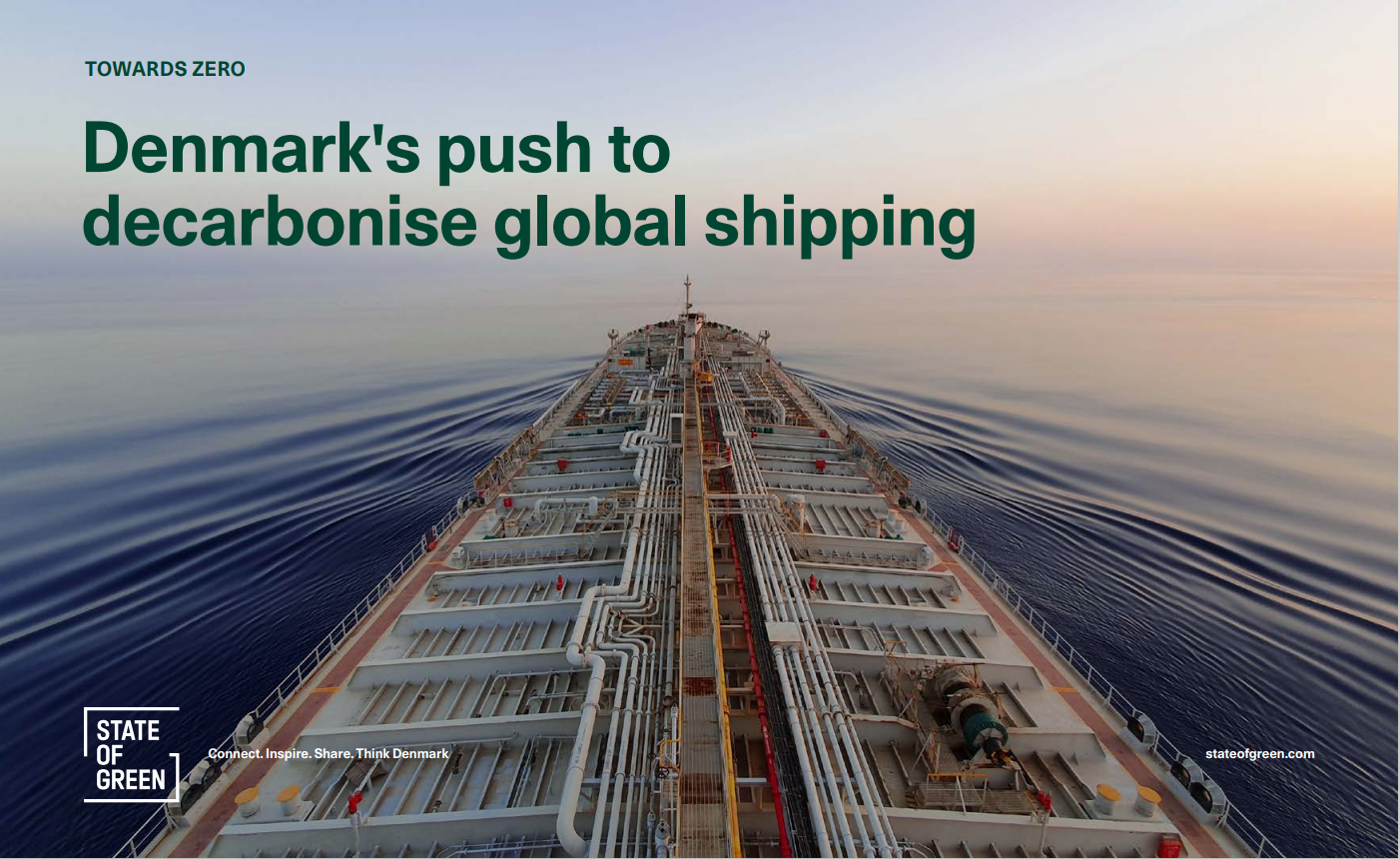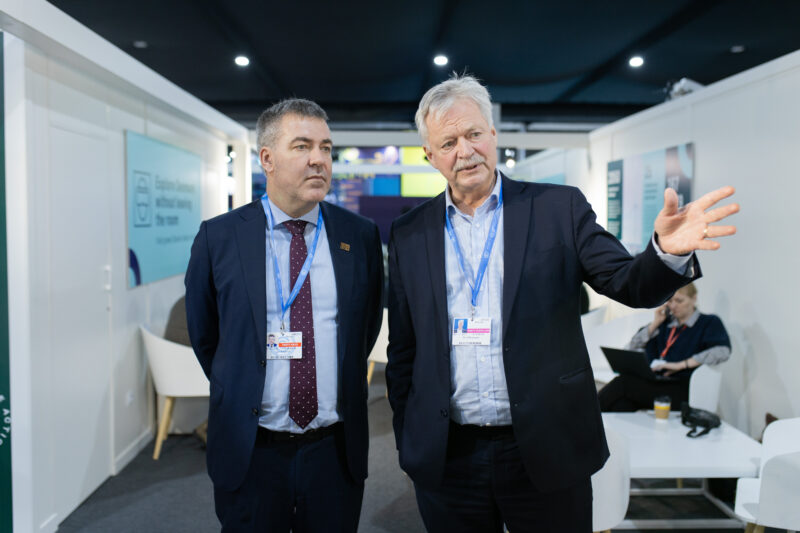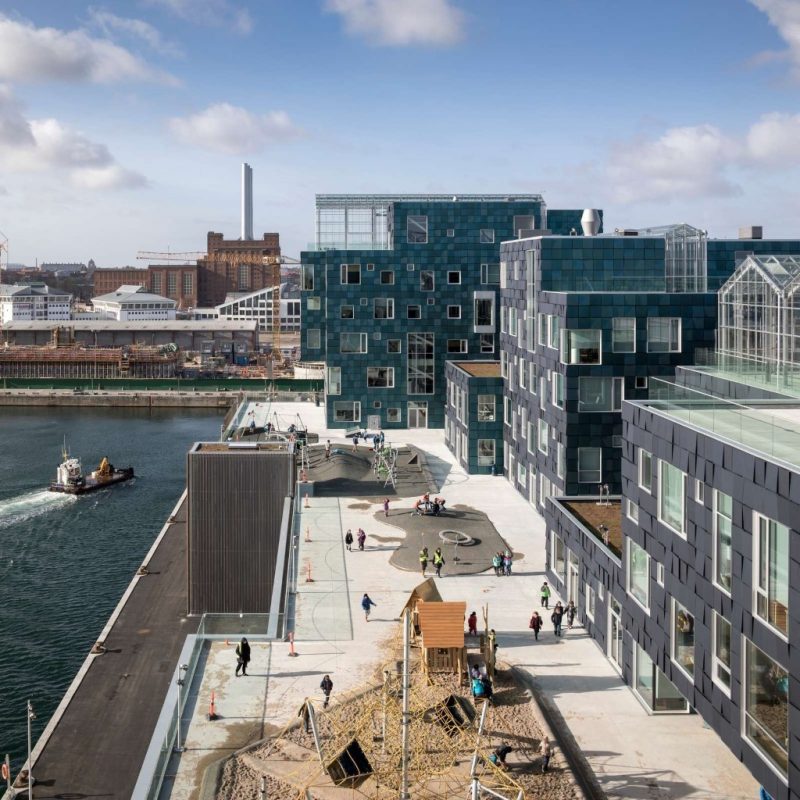Every fifth minute, a Danish-operated ship calls at a port somewhere in the world contributing to global connections and keeping world trade flowing. In collaboration with governments and organisations, Denmark is proactively working for timely and ambitious regulations that can slash global greenhouse gas emissions to achieve the International Maritime Organization’s (IMO) goal of reaching climate neutrality by around 2050 in alignment with the Paris Agreement.
Industry-led initiatives to decarbonise shipping
The Danish shipping industry has set an ambitious goal to achieve climate-neutral shipping by 2050, without relying on compensation measures. As part of this journey, the industry aims to ensure that at least 5 percent of its fleet is capable of running on well-to-wake net zero emissions using green hydrogen or other e-fuels by 2030. As such, all new ship orders placed by Danish shipowners in 2030 are required to be fit out for net zero-emission fuels or other zero-emission propulsion methods.
Underscoring the position as a seafaring nation at the forefront of green shipping, Danish ambitions go beyond its own borders by seeking to spur new business opportunities and create new avenues for job creation, reskilling, and decoupling of economic growth from overall energy consumption. In this vein, Denmark brings forward more than five decades of expertise in energy efficiency and practical learning as a global pioneer in harnessing energy at sea. This is demonstrated by the industry’s dedicated efforts to building and servicing offshore wind parks across the globe alongside a proactive pursuit of developing solutions such as carbon capture, transport and storage (CCTS), and carbon capture, transport, and utilisation (CCTU).
The publication “Towards zero: Denmark’s push to decarbonise global shipping” presents how Denmark as one of the world’s largest shipping nations pursues a rapid uptake of commercially viable solutions towards climate-neutral shipping while ensuring a just transition.


















